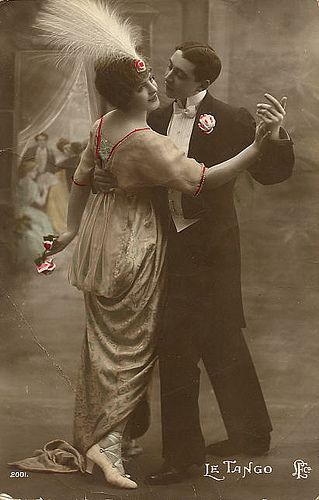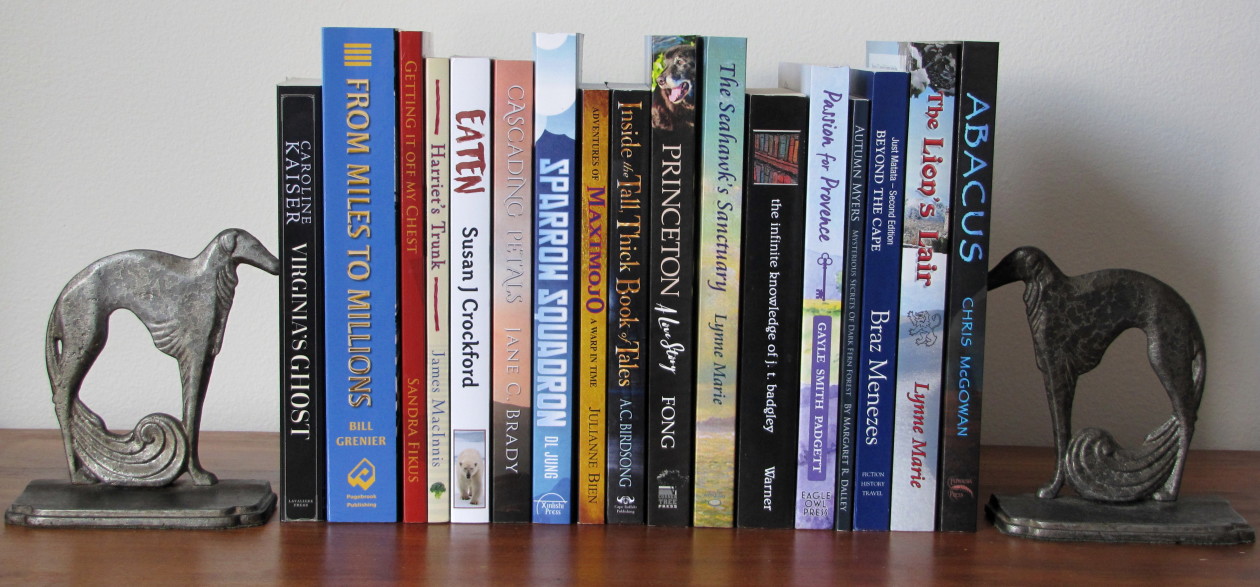We associate choreography primarily with patterns of movement in dancing and figure skating, but what does the term mean when it comes to writing? Maybe I’m the only editor-writer to define it this way, but I see character choreography is any sort of movement or sequence of movements a character makes, including their facial expressions.
Why are these movements important in writing? The answers are fairly obvious, yet you’d be surprised at how many authors omit choreography in scenes involving dialogue. Movements, gestures, and expressions help readers visualize the players in a scene. If descriptions of movement aren’t there to support the dialogue, all readers are left with are voices, and it’s like listening to the radio–the sensory experience for readers is incomplete. Of course, it’s possible to overdo character choreography; not all snippets of dialogue need stage direction, so be moderate in your use of choreography with dialogue.
As well, what characters do when they’re interacting tells us what they’re like and how they feel about who they’re talking to. If someone tends to fidget with their hair when they’re having a conversation with their boss, for instance, that shows their nervousness. They’re likely intimidated by their boss. Movement can also advance the plot, of course. A physical confrontation might be the climax of a novel, what finally resolves an ongoing conflict. Or dancing the tango might be what finally brings together two characters who are attracted to one another.

After years of editing, I’ve come to the conclusion that character choreography is difficult for many writers to pull off convincingly. Maybe that’s why some of them avoid doing much of it and shift their attention to dialogue. With writers who do use more choreography, their descriptions can sometimes come across as confusing, leaving readers unable to clearly visualize what the characters are doing. Such descriptions are often clumsy or overly elaborate. Or if several fight scenes are included, they’ll come off as repetitive unless the author makes a concerted effort to differentiate them. Confusing, elaborate, or repetitive descriptions of movement are to be avoided at all costs.
I’ve made up the following example, but it’s similar to lots of action scenes I’ve read in work I’ve edited.
Zach’s right arm made a wide arc, swinging powerfully from behind his back and rising high above his head while his left hand was thrust out, all five digits spread wide, as if he was halting those he imagined were about to attack him from the side, and then his right hand made a tightly clenched fist, which then rose up rapidly and powerfully to connect with the jaw of the other man, Xavier.
There’s a lot going on here, and so much of it doesn’t work/isn’t needed. It doesn’t much matter if Zach is using his right hand or his left hand here, so why not leave these details out? And we assume he has five fingers, so we don’t need to be told this. As well, his hand is high above his head, but it needs to come down before it rises from below to hit Xavier’s jaw. There’s repetition in the use of “powerfully.” And is it necessary to say that the fist is tightly clenched? The sentence is too long, which drains the action of vitality. All in all, it’s a wordy, confusing, and messy way of saying that Zach took a swing at the other guy and socked him in the jaw. And notice how the body parts seem detached from Zach himself. It’s preferable to say that Zach swung his arm instead of focusing on the right arm making a wide arc, almost as if it were independent of him.
Writers can also get too wordy when describing something as simple as a smile. This is because they’re trying to write something more interesting than “She smiled.” But being too descriptive can backfire, as in this other made-up example.
The left-hand corner of Clara’s upper lip tipped upward slightly, and her bottom lip dropped a little, revealing a row of gleaming white teeth as her mouth expanded to split her face into a smile.
I won’t torture you with any more bad examples. What I really want to emphasize here is the beauty of keeping things simple and direct when describing character choreography. Eliminate details you don’t need, as well as unnecessary adjectives and adverbs. To keep your readers engaged, pare movement down to its essentials.

 Follow
Follow